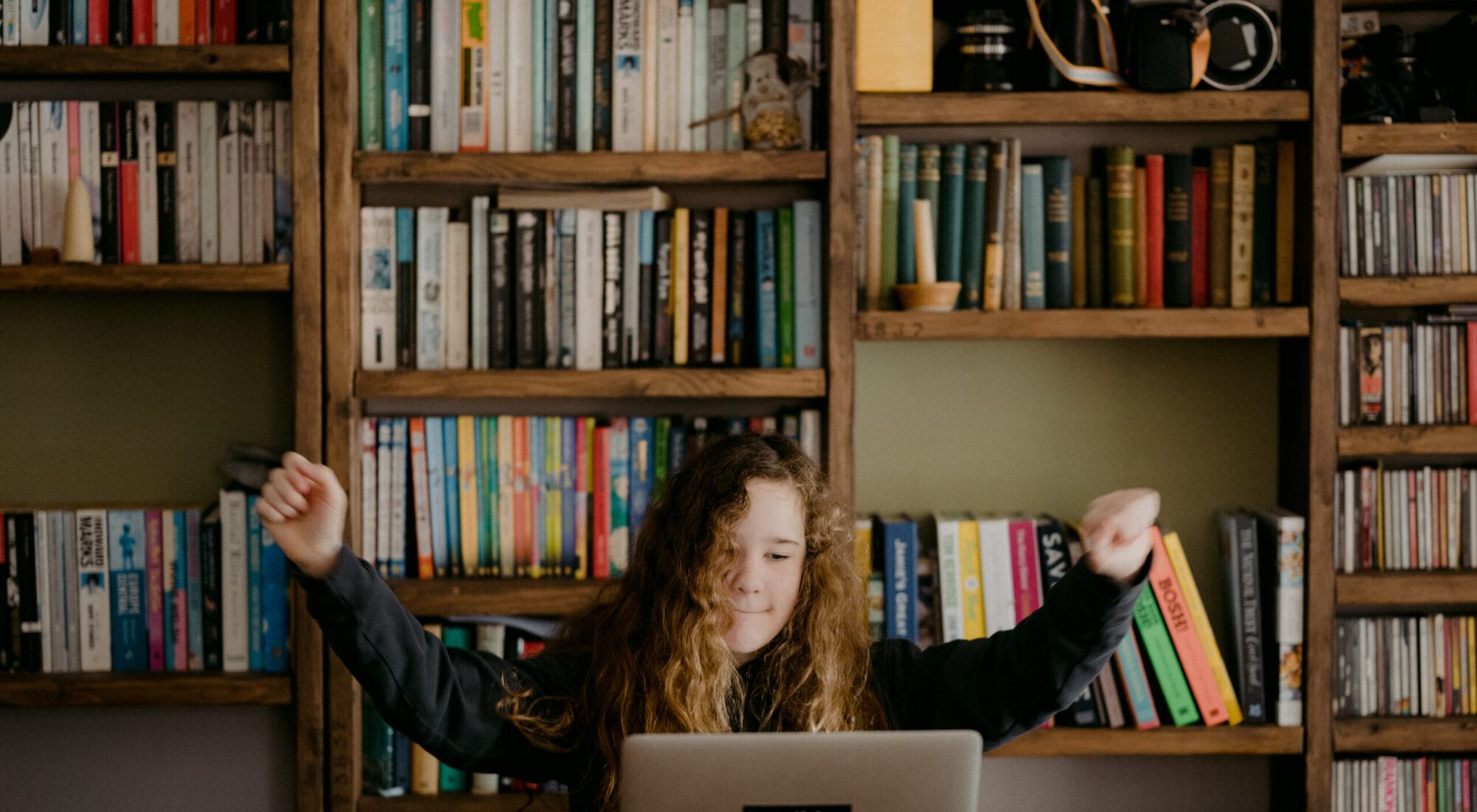Asking students to share their PLPs is one powerful way to engage families in a deeper understanding of their child’s learning and progress. What does one look like?
At Lamoille Union Middle-High School, in Hyde Park VT, middle school teams began moving toward PLP-based student-led conferences several years ago. The conferences consisted of students preparing a body of work culled from their PLPs on their 1:1 devices (in this case, iPads). The students presented this work to their families. As they presented, students spoke a little about the larger meaning of each piece.
One of the educators there, Katie Bryant, conducted a yearlong action research project into what effect, if any, this switch had on student engagement in PLPs. She found that students did feel more connected to their PLPs. Plus families preferred the conference format as well.
Food for thought
Consider how these educators, students, and families are all benefitting from student-led PLP conferences:
- Student-led conferences and engagement in PLPs
- Screencasting as PLP reflection
- Student-led conferences come to Leland & Gray
Now tell us
- How do you communicate students’ progress to families?
- What roles do your students play in assessing and communicating about their own learning?
And what are the key components of a good student-led conference?
We’ve prepared a pop quiz, of sorts, for you. Using the Google Form, below, watch Morgan, a 7th grader at Frederick H. Tuttle Middle School, in South Burlington Vt. She’s embarking on her end-of-year student-led conference with her mother, and her math teacher in attendance. We’ve added pop-up markers to the video at key points, providing some context as to what’s going on, and how it’s going.
All we ask is that you watch the video, and answer the questions for reflection. There’s no time limit, unlimited retakes, and we encourage pausing and rewinding.
Let’s go:
Finally, let’s conclude with one all-important question that applies to all manner of teaching: how do we sustain this kind of innovation?

